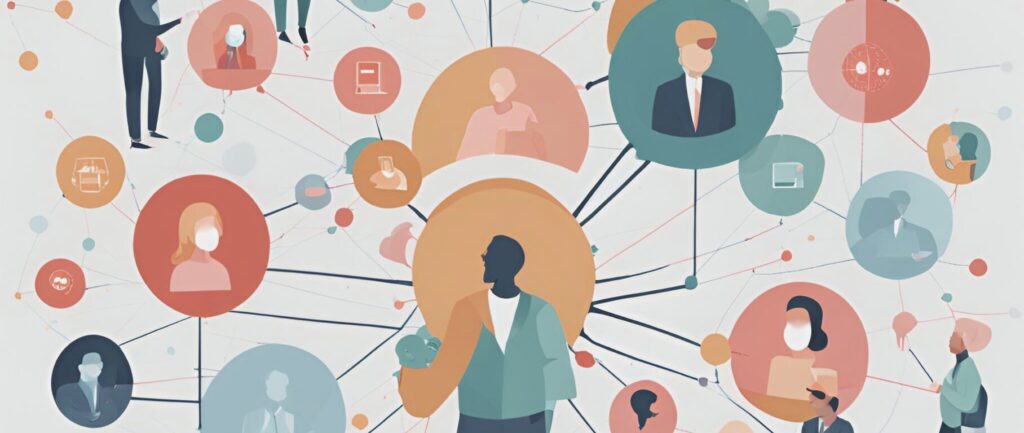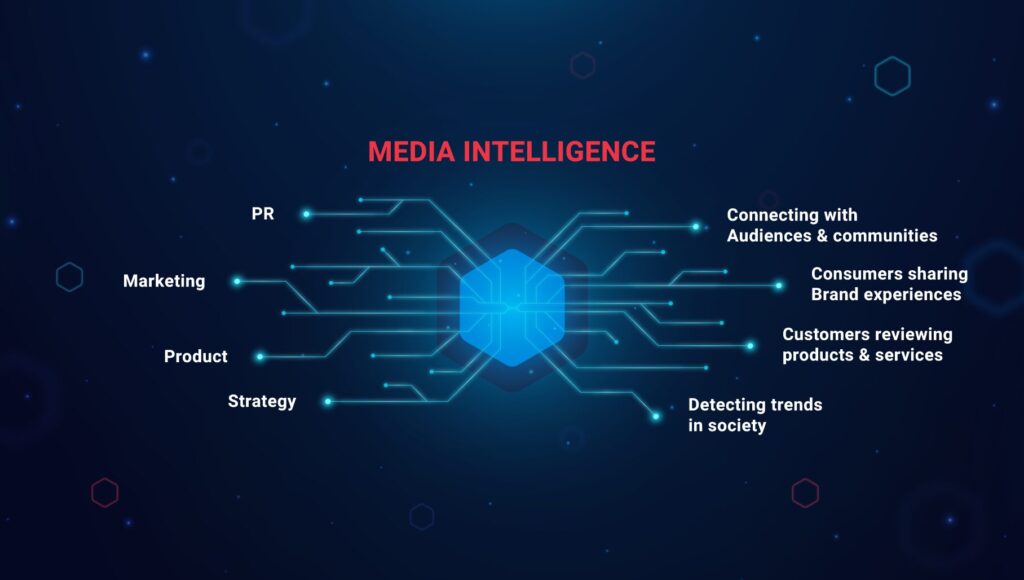On a daily basis, we are bombarded with thousands of advertising messages from different communication channels and numerous brands. The latter is omnipresent in our daily environment, wherever the eye might look, according to the New York Times.
In a world in a constant evolution, where the human brain is over-solicited by a continuous stream of information, how can we still ensure that a brand’s message reaches its target audience? What data should we consider and how should we use it to serve communication and marketing professionals? As a brand intelligence company specializing in the monitoring and analysis of media coverage of brands, their impact on the public, and online conversations, Auxipress is in a privileged position. This knowledge of brands, their issues, and the media context gives us a 360-degree view that allows us to observe the evolution of media issues, as well as changes in the practices of communication and marketing professionals.
Over the past 5 years, solutions have increasingly been directed toward brands. It is clear that brands do not rule the world as it is often joked about but are indeed necessary. Indeed, nowadays, no organization, whether economic, international, cultural, or societal, can develop without the support of a powerful brand to ensure its influence. In addition to its primary functions of stimulating customer loyalty and differentiating itself from its competitors, a powerful brand allows it to convey a real message. There are many examples: between feminist message with L’Oréal celebrating self-esteem around “Lessons of Worth”, the movement that advocates natural beauty, and above all self-acceptance; inclusive with Victoria Secret calling on Sofia Jirau, a model with Down’s Syndrome, during its latest campaign, linked to road safety with certain car brands or even ecological and societal issues such as the Patagonia brand, which has become a model of virtuous sustainable development, committed since its creation to guaranteeing ethical, sustainable, innovative and fair-trade production. Audiences are demanding that brands communicate their values and take a stand on major societal issues.

In a world where infobesity reigns, brands are increasingly caught up in societal issues or confronted with values imposed by their audiences. They are often caught up, despite themselves, in a complex ecosystem, in which it is complicated to get their message heard. Certain subjects, such as eco-responsibility, are beginning to be saturated, so much so that brands have used them, and the experience and intuition of the communication or marketing professional could do with a boost.
This is where media analysis and figures can be very complementary. Indeed, the use of big data in the service of communication makes it possible to anticipate certain trends before they emerge: this is what we call weak signals. Detecting them allows brands to position themselves on promising subjects when they are in the ascending part of their visibility cycle, which greatly increases the chances of being seen, read, and heard, and above all of hitting the bull’s eye. In addition, a thorough analysis of the media context or a benchmark of competitors should also be considered, if one wishes to ensure that the chosen communication channel is still clear.
In conclusion, data and its analysis are increasingly essential, necessary, and useful in the strategic plans, approaches, and practices of communication professionals. However, we note that the share of creativity, intuition, and experience is not diminished. The use of this enormous amount of media data can fuel these practices, as well as provide relevant information, which suggests that the world of communication and marketing has not finished evolving thanks to these exciting new perspectives!











